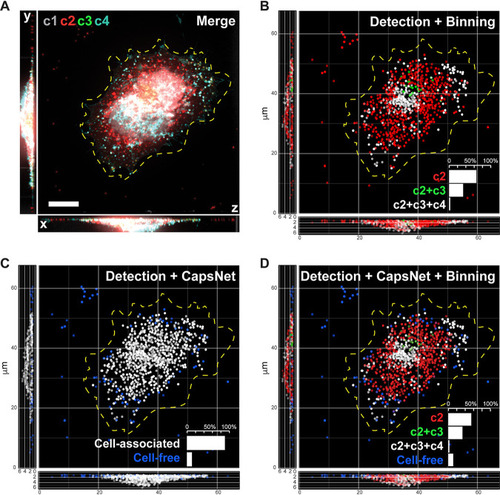FIG 3
- ID
- ZDB-FIG-201003-224
- Publication
- Yakimovich et al., 2020 - Mimicry Embedding Facilitates Advanced Neural Network Training for Image-Based Pathogen Detection
- Other Figures
- All Figure Page
- Back to All Figure Page
|
Inference demonstrates that mimicry embedding and trained CapsNet allow efficient classification of VACV particles into four biological classes. (A) Merged four-channel fluorescent image of a HeLa cell infected with VACV previously unseen by CapsNet (see |

